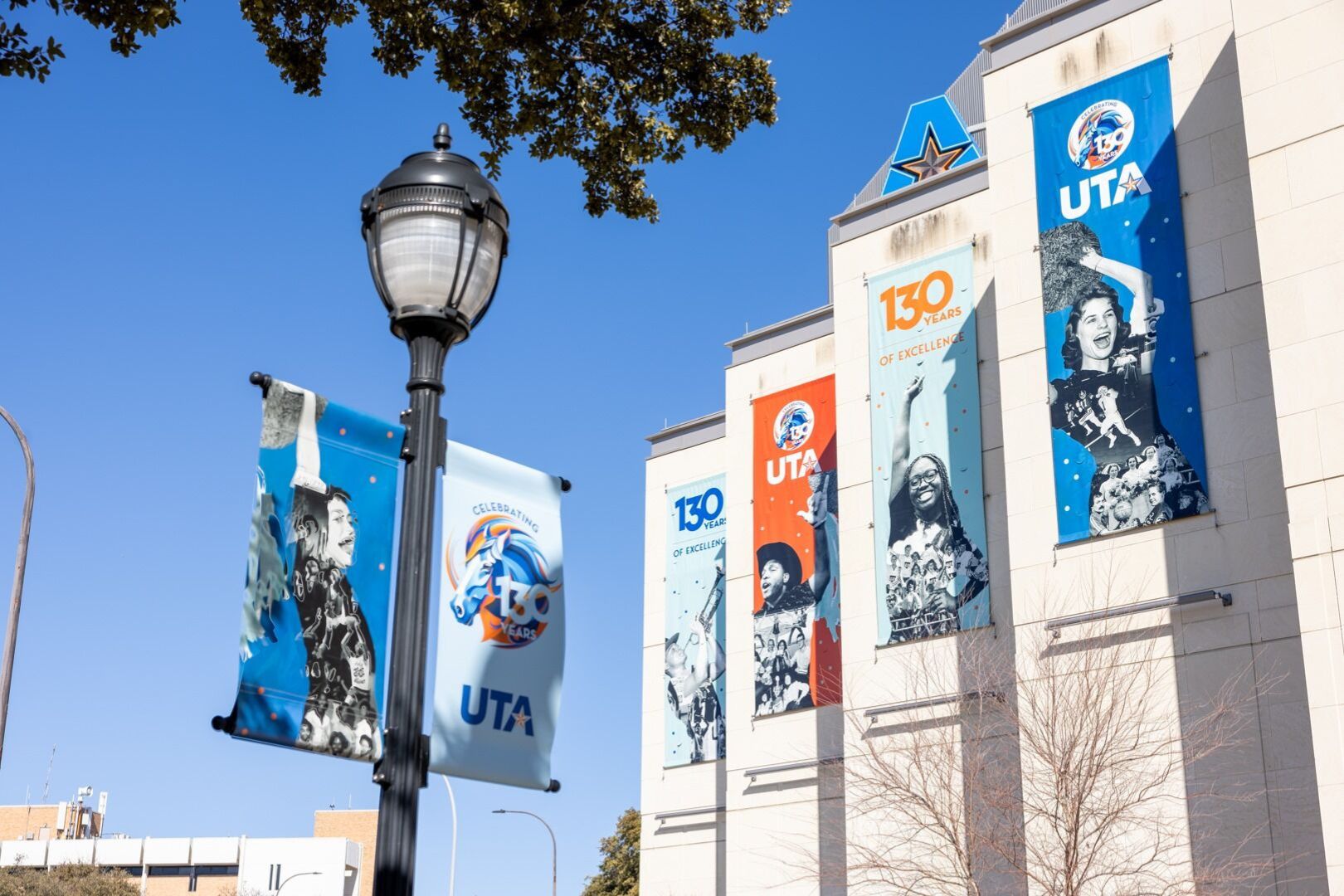UTA excels in access and earnings rankings

The University of Texas at Arlington has been recognized as one of the nation’s top universities for expanding access to higher education and helping graduates earn competitive wages, according to newly updated Carnegie Classification of Institutions of Higher Education released Thursday by the American Council on Education and the Carnegie Foundation for the Advancement of Teaching.
Last month, UT Arlington’s Carnegie R1 designation—denoting the highest level of research activity—was reaffirmed, placing the University among the top 5% of research institutions nationwide. Under the new Student Access and Earnings Classification, which is designed to assess how well institutions provide students with pathways to competitive wages and long-term success, UTA scored in the highest quotient for both.
Among the 31 public institutions in Texas that award baccalaureate degrees and above and are included in the Student Access and Earnings Classification, UTA is just one of three to rank in the top 10 for both categories—No. 8 for access and No. 9 for earnings. Within the UT System’s nine academic institutions, UTA ranks No. 1 for access and No. 5 for earnings.
“As we mark 130 years of impact, this recognition serves as a powerful reminder of who we are and why we do this work,” UTA President Jennifer Cowley said. “UTA has long been committed to providing an education that transforms lives and strengthens our communities, and to be ranked among the top institutions for both student access and earnings affirms our mission to serve students and help them build lives of purpose, progress and possibility.”
Related: UTA retains top-tier U.S. research status
According to Carnegie, the classification updates are designed to modernize how colleges and universities are categorized, which includes renaming “Basic Classification” as “Institutional Classification” to better reflect the range of institutional missions and student experiences in today’s higher education landscape. The new Student Access and Earnings Classification highlights institutions that provide strong access to students and support pathways to competitive wages after graduation. Under this classification, UTA is among 479 institutions designated as Opportunity Colleges and Universities, institutions that serve as models for how campuses can advance student success.
UTA is newly classified as a “Professions-Focused Undergraduate/Graduate-Doctorate Large” institution, reflecting its emphasis on professional fields such as business, engineering, health sciences and education. UTA also offer a wide range of liberal arts disciplines and provides more than 180 degree programs in nine colleges and schools.
Equipped with a degree from UTA, graduates gain access to a wide range of industries, including health care, engineering, business, technology and finance. UTA's location in the heart of the Dallas-Fort Worth region—one of the fastest-growing areas in the U.S. and home to 24 Fortune 500 companies—enables a high percentage of alumni to remain in North Texas and contribute to UTA’s annual economic impact of $28.8 billion to the state.
Related: UTA’s 23 patents strengthen UT System’s No. 3 ranking
The Carnegie Classification earnings ratio ranks UTA alumni among the highest earners eight years post-enrollment among graduates from those 31 public Texas institutions included in the classification. UTA is one of just four whose graduates earn over $60,000 eight years post-enrollment.
“Carnegie’s revised classification system recognizes our efforts to meet the diverse needs of our students,” UTA Provost Tamara L. Brown said. “These efforts are central to the Maverick Promise, which is our commitment to supporting students in remaining enrolled, graduating in a timely fashion and entering the workforce prepared to excel. UTA’s high rankings in student access and earnings reflect our commitment to deliver unique solutions to Maverick students.”
Related: UTA advances in national ranking
More students than ever from North Texas, across the state and beyond can earn a degree at UTA without the burden of student debt. In 2024, The University of Texas System Board of Regents expanded funding for the Promise Plus program, raising the eligibility threshold for students at all UT System institutions. At UTA, eligible undergraduate students from families with annual incomes up to $100,000 qualify for the Blaze Forward program, which fully covers their tuition and mandatory fees.
Of UTA’s nearly 30,000 undergraduate students, 40% are Pell Grant recipients. The Pell Grant is a federal grant that provides financial aid to eligible undergraduate students with exceptional financial need that does not have to be repaid.
“The majority of students apply to college with the hope it is a path to opportunity and the job they’ve dreamt about,” said Timothy F.C. Knowles, president of the Carnegie Foundation. “This work is about ensuring that institutions are recognized when they empower students to reach their goals and succeed.”
About The University of Texas at Arlington (UTA)
Celebrating its 130th anniversary in 2025, The University of Texas at Arlington is a growing public research university in the heart of the thriving Dallas-Fort Worth metroplex. With a student body of over 41,000, UTA is the second-largest institution in the University of Texas System, offering more than 180 undergraduate and graduate degree programs. Recognized as a Carnegie R-1 university, UTA stands among the nation’s top 5% of institutions for research activity. UTA and its 280,000 alumni generate an annual economic impact of $28.8 billion for the state. The University has received the Innovation and Economic Prosperity designation from the Association of Public and Land Grant Universities and has earned recognition for its focus on student access and success, considered key drivers to economic growth and social progress for North Texas and beyond.